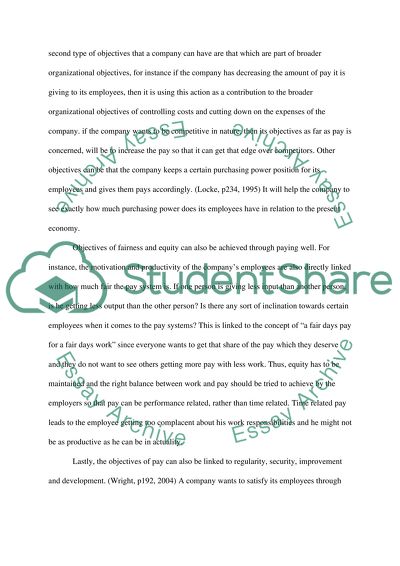Cite this document
(The Factors That Influence the Determination of the Pay Coursework, n.d.)
The Factors That Influence the Determination of the Pay Coursework. Retrieved from https://studentshare.org/finance-accounting/1520252-managing-employment-relations
The Factors That Influence the Determination of the Pay Coursework. Retrieved from https://studentshare.org/finance-accounting/1520252-managing-employment-relations
(The Factors That Influence the Determination of the Pay Coursework)
The Factors That Influence the Determination of the Pay Coursework. https://studentshare.org/finance-accounting/1520252-managing-employment-relations.
The Factors That Influence the Determination of the Pay Coursework. https://studentshare.org/finance-accounting/1520252-managing-employment-relations.
“The Factors That Influence the Determination of the Pay Coursework”, n.d. https://studentshare.org/finance-accounting/1520252-managing-employment-relations.


